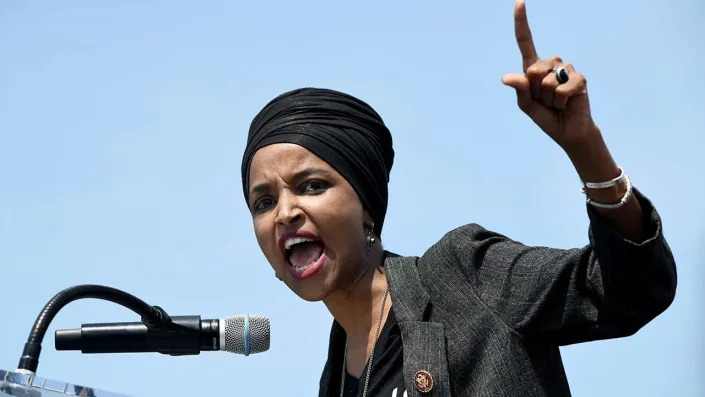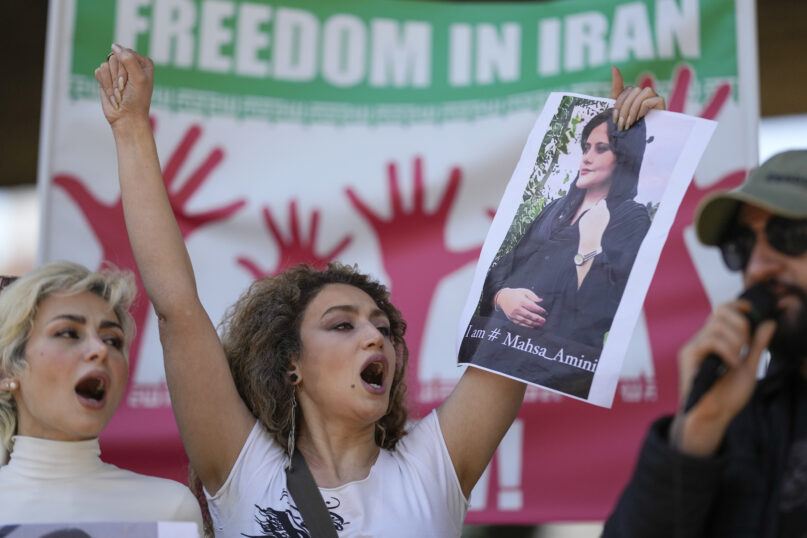Leak detected in pipeline that brings Russian oil to Germany

Wed, October 12, 2022
WARSAW, Poland (AP) — A leak was detected in an underground oil pipeline in Poland which is the main route through which Russian crude reaches Germany, the Polish operator said Wednesday.
The operator, PERN, said it detected a leak in the Druzhba pipeline, which originates in Russia, on Tuesday evening about 70 kilometers (45 miles) from the central Polish city of Plock.
It said the cause of the leak wasn't known. The incident follows leaks late last month in the Nord Stream 1 and 2 gas pipelines running along the Baltic seabed.
The Druzhba pipeline, which in Russian means “Friendship,” is one of the world’s longest oil pipelines, and after leaving Russia it branches out to bring crude to points including Belarus, Ukraine, Poland, Hungary, Austria and Germany.
Firefighters were working in the cornfields near the village of Zurawice to determine the exact point of the leak, according to a spokesman for firefighters, Brig. Karol Kierzkowski. He told the state all-news broadcaster TVP Info that approximately 400 cubic meters of spilled crude had been pumped out, and transmission along the line had been blocked.
Last year, Russia accounted for around 35% of Germany’s crude oil supply. But that proportion has been reduced following Moscow's invasion of Ukraine, and Germany's focus now is on phasing out the remaining supplies before a European Union embargo on most Russian imports goes into effect next year.
A month ago, the German government took control of three refineries owned by Russian energy company Rosneft, which account for about 12% of Germany’s oil refining capacity.
George Glover
Wed, October 12, 2022

Polish operator PERN found a leak in the Druzhba oil pipeline on Tuesday.
Europe is fretting about the state of its energy infrastructure with some analysts warning crude prices could surge to $150 a barrel.
The leak was likely an accident rather than sabotage, a Polish minister said.
Polish authorities are investigating a leak in an oil pipeline carrying crude from Russia to Germany as Europe frets that issues with its energy infrastructure will reduce supplies and push prices even higher.
Operator PERN halted flows through one of the Druzhba system's northern legs after detecting a leak on Tuesday.
"At this point, the causes of the event are not known – the flow in the damaged thread was immediately turned off," it said in a statement.
The Druzhba pipeline is split into two sections, with the northern channel supplying oil to Germany and Poland. It has pumped about 490,000 barrels a day to the two countries in recent months, according to Reuters.
Russia has weaponized its energy exports in retaliation to western sanctions imposed after Vladimir Putin ordered the invasion of Ukraine.
It has slashed the capacity of key pipelines to Europe including Nord Stream and supported the OPEC+ cartel's refusals to boost oil production despite the US pushing the bloc to increase its output.
Tumbling oil supply from Russia could push prices up to $150 a barrel, JPMorgan analysts warned last month.
Europe has fretted that supply could fall further if Russia sabotages its energy infrastructure after leaks were detected in the Nord Stream natural gas pipelines.
German authorities have accused Russia of sabotaging the pipeline system after Denmark and Sweden discovered damage had been caused by hundreds of pounds of TNT.
Poland's top energy official, Mateusz Berger, told Reuters that initial assessments suggested that Druzhba had suffered "accidental damage" – but traders may still be fretting about Europe's energy supplies.
Brent crude jumped as much as 1.2% to $94.96 after news of the leak broke Wednesday, while WTI crude climbed 1.4% to $89.77. Both benchmarks traded roughly level at last check.
Read more: This map shows where Europe gets its natural gas - and why economic disaster is looming if Russia cuts off its fuel supply















